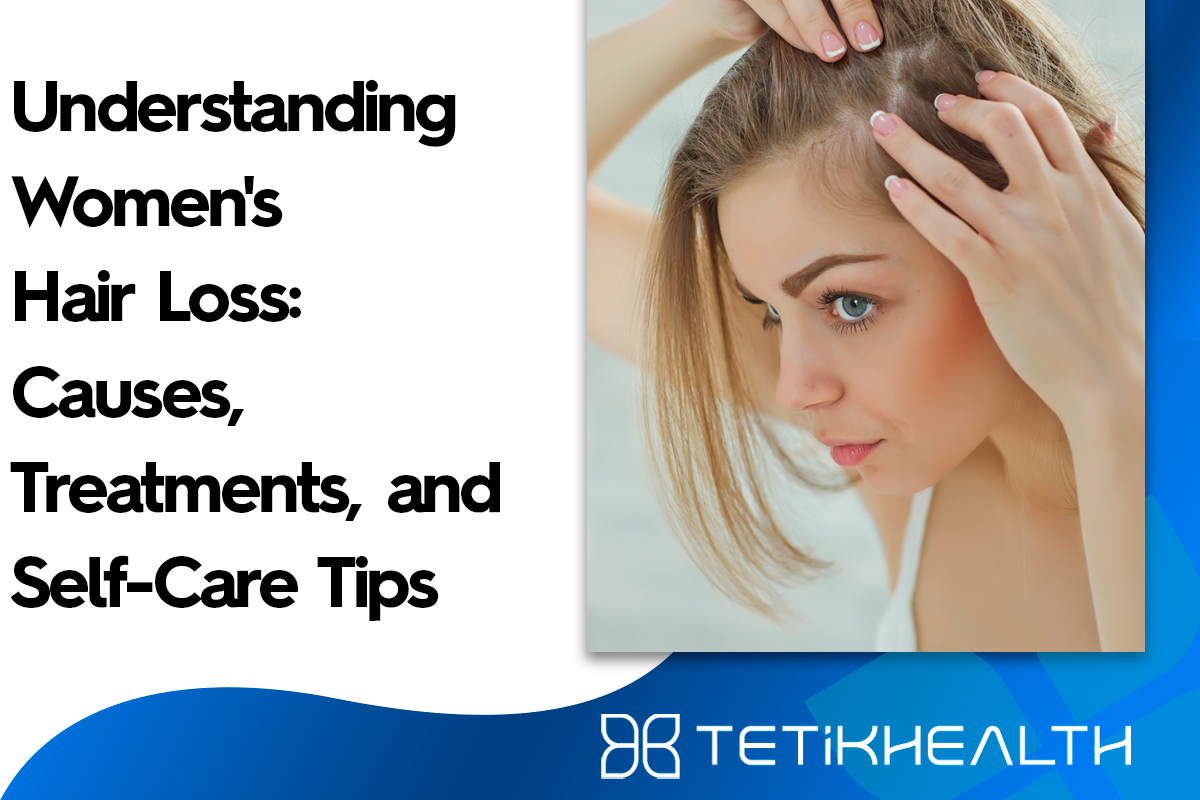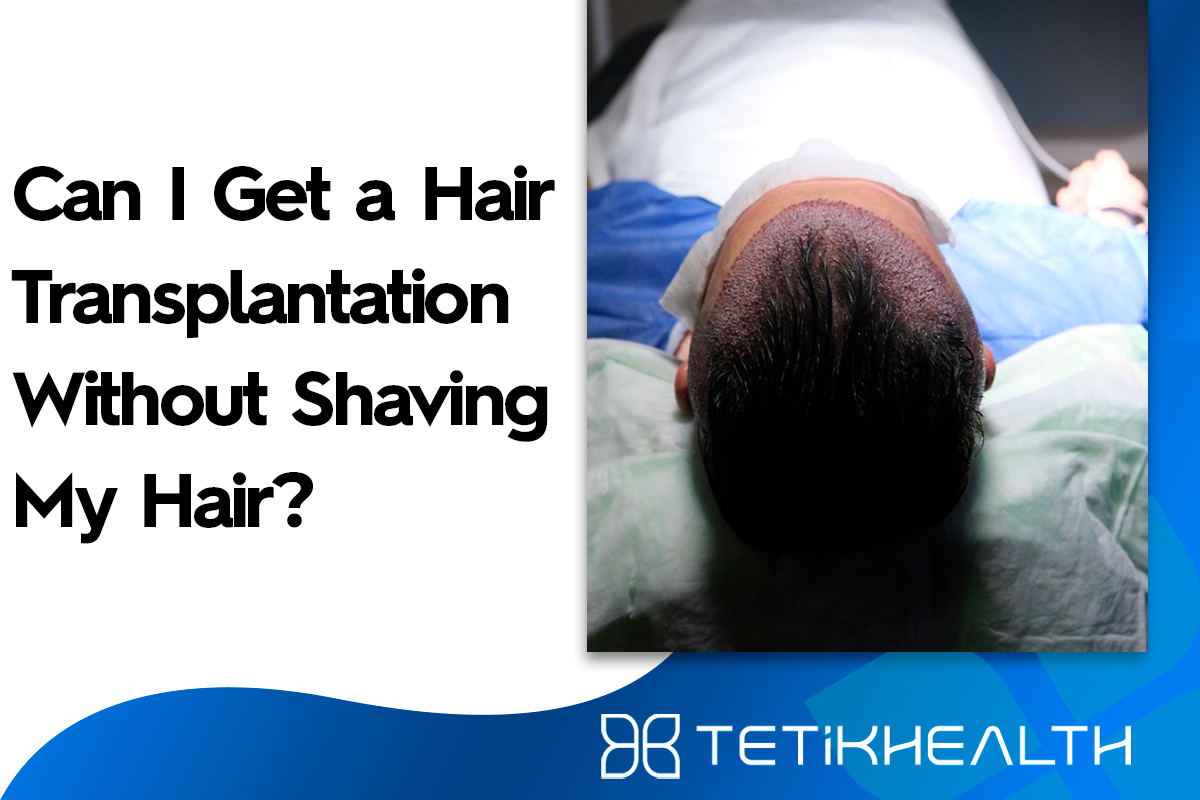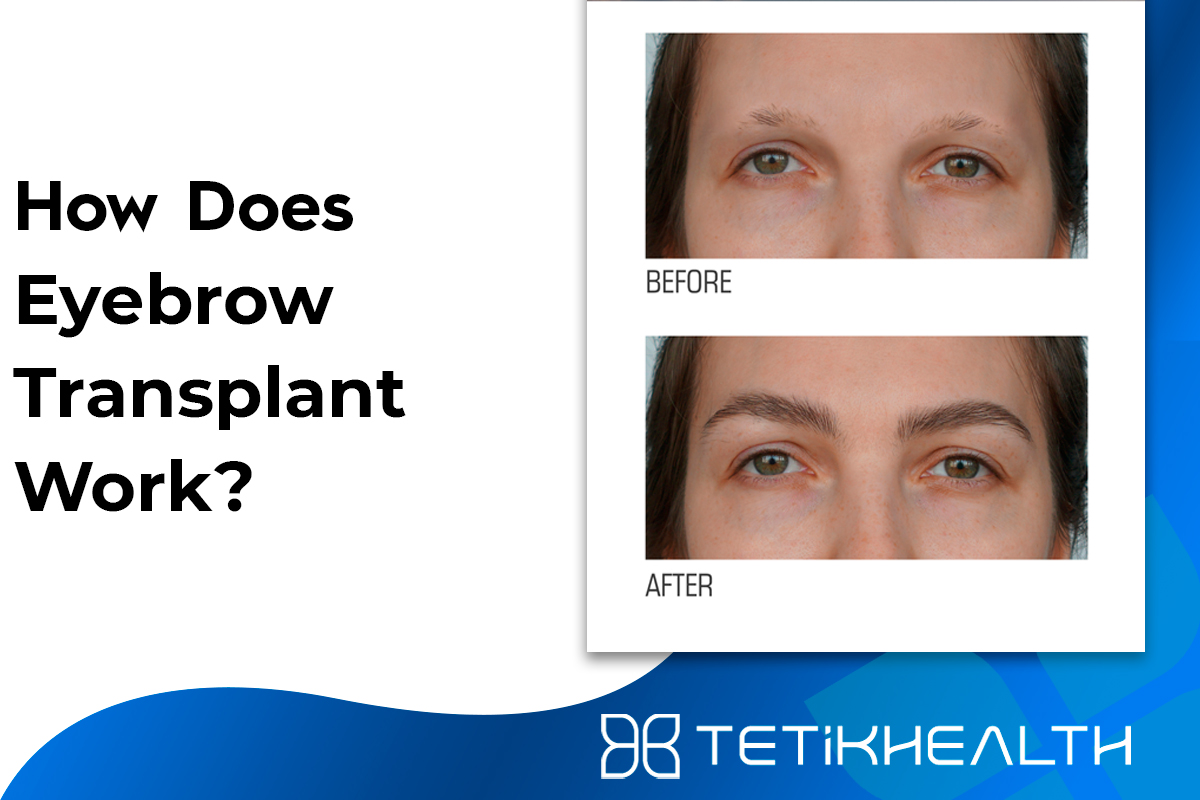Hair loss can be a distressing experience for anyone. Although hair loss is usually associated with men, women also have to deal with it. Understanding the causes, available treatments, and self-care tips can empower women to confidently navigate this journey.
What are the causes of women’s hair loss?
- Hormonal imbalances, such as those occurring during pregnancy, menopause, or conditions like polycystic ovary syndrome (PCOS), can contribute to hair loss.
- Female pattern hair loss, also known as androgenetic alopecia, can be inherited and cause gradual thinning of hair.
- Certain medical conditions like thyroid disorders, autoimmune diseases, and scalp infections can lead to hair loss.
- Chronic stress, poor nutrition, crash dieting, and excessive hairstyling practices can contribute to hair loss.
In addition to professional treatments, women can incorporate self-care practices to manage and improve the condition of their hair. Here are some examples that we recommend:
- Consuming a nutritious diet rich in vitamins, minerals, and proteins supports healthy hair growth.
- Avoid excessive heat styling, harsh chemicals, and tight hairstyles that can further damage the hair.
- Engaging in stress-relieving activities like yoga, meditation, or hobbies can help maintain overall well-being and reduce hair loss.
- Maintaining a clean and healthy scalp by regular washing, gentle massaging, and using appropriate hair products can promote a conducive environment for hair growth.
Women’s hair loss can be a challenging experience, but with the right understanding and approach, it is possible to manage and improve the condition. By identifying the underlying causes, exploring suitable treatment options, and implementing self-care practices, women can take control of their hair loss journey. Remember, TetikHealth is here to support you at every step of your hair loss journey. Our team is committed to empowering women to regain control over their hair loss by provinding hair transplantation, using advanced technology. Together, we can navigate this challenge and work towards achieving healthier, fuller hair.




